Energy Hidden-Depth of Breath
1 year ago By Yogi AnoopPranayama: The Energy Hidden in the Depth of Breath
A Dialogue Between Yogi Anoop and a Disciple
Disciple: Gurudev, what is the true meaning of Pranayama? I often hear that it’s just a breathing technique. Is that true?
Yogi Anoop: That is a common belief, but Pranayama is much more than just a breathing technique. Its literal meaning is the expansion of the dimensions of inhalation and exhalation. When we regulate our breath with depth and stability, the mind becomes calm and focused.
Pranayama is not merely a way to awaken and control energy; its profound purpose is connected to self-realization. Through breath, when you experience the emptiness within, it becomes a gateway to self-discovery. It’s not just about breathing but about understanding the depth and serenity hidden within the breath itself.
Disciple: How does energy awakening occur, Gurudev? Is it related to the elements of the body?
Yogi Anoop: Absolutely. The purpose of Pranayama is to take us beyond the gross elements of the body—earth, water, and fire. Normally, our lives are limited to physical sustenance like food and water. But through the practice of Pranayama, we transcend these limitations via the air element, experiencing a vast dimension of energy.
This practice expands not only the physical lungs but also establishes mental harmony. It brings a deep stability to the mind, ensuring a continuous flow of energy. Just as five minutes of deep sleep can provide six hours of energy, regular practice of Pranayama keeps the mind stable and filled with vitality.
Disciple: But Gurudev, life has become so fast-paced these days. How can we balance the hyperactivity of the mind and body?
Yogi Anoop: That’s exactly where the second crucial aspect of Pranayama comes into play. Hyperactivity in the mind and body—whether innate or circumstantial—disrupts energy balance. For such individuals, dynamic Pranayama techniques like Kapalabhati, Bhastrika, and Agnisar are beneficial as they provide instant energy.
However, for long-term balance and stability, deep and disciplined practices are essential. Dynamic Pranayama can energize you instantly, but without pairing it with balanced techniques, it won’t lead to lasting stability.
Disciple: Is there a specific method for such people that can bring them stability?
Yogi Anoop: Yes, the most effective method is “Turtle Breathing.” This involves breathing slowly and steadily like a turtle. In this practice, the breath is slowed down to such an extent that you can truly experience its depth and subtlety.
As you slow your breath, the mind automatically becomes calm and stable. This method is rooted in self-restraint and self-awareness.
Disciple: Gurudev, is there another way to understand Turtle Breathing?
Yogi Anoop: Turtle Breathing can also be connected to the principles of Karma Yoga. Just as in Karma Yoga, we allow the senses and actions to function at a natural, unhurried pace, we do the same with our breath during this practice.
When actions are performed slowly, like a turtle’s movements, the breath becomes naturally deep and stable. This creates a sense of peace and stability in your actions and your life.
Disciple: Why is slowness so important, Gurudev?
Yogi Anoop: Slowness allows you to experience the depth and stability of your inner energy. By controlling and slowing the breath, you gain an opportunity to understand its profoundness. Remember, peace and stability don’t rely on external things; they are already within you.
Disciple: So, Pranayama isn’t just a breathing technique; it’s a way to understand the rhythm of life?
Yogi Anoop: Precisely. The ultimate goal of Pranayama isn’t to forcefully hold or extend the breath but to bring stability within yourself through it. It is a medium to achieve inner stillness.
This practice not only provides spiritual tranquility but also naturally enhances physical health. With regular practice, you can experience stability, energy, and peace. That is the true essence of Pranayama.
Recent Blog
Copyright - by Yogi Anoop Academy
